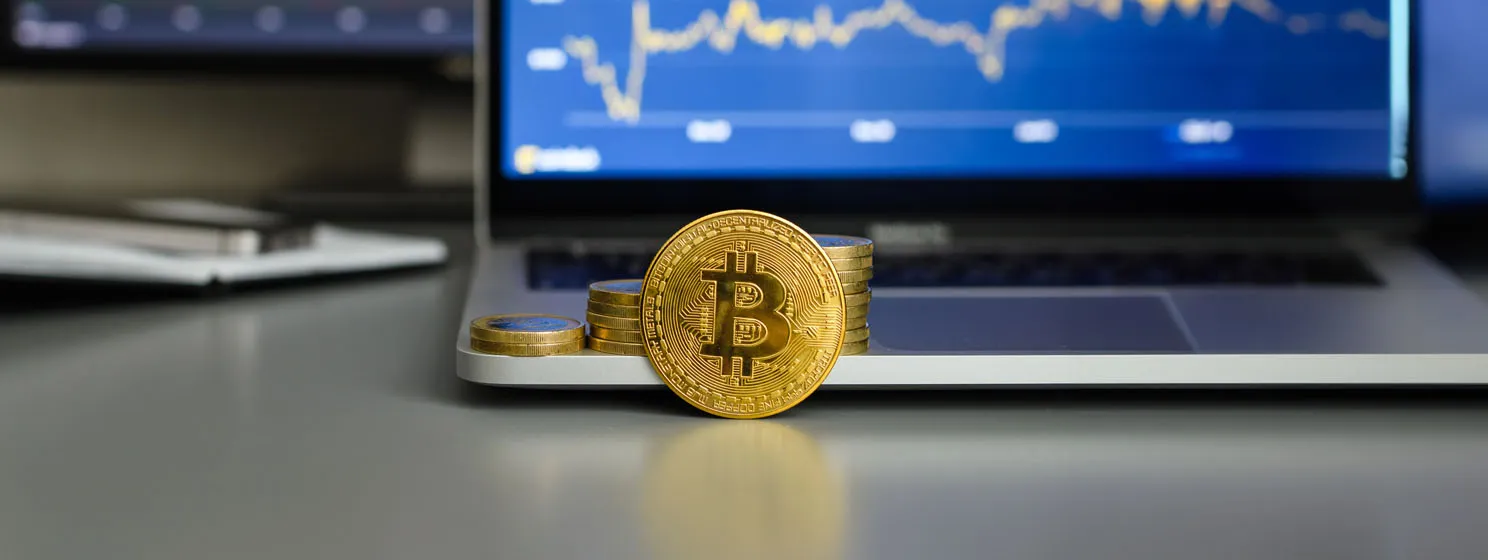|
Getting your Trinity Audio player ready...
|
A digital Australian dollar could enable smarter payments and enhance the resilience of the country’s digital economy. However, Australia’s central bank says it is not convinced the country needs a digital currency and that private stablecoins could provide an alternative solution.
A report from the Reserve Bank of Australia (RBA) revealed the findings of its 12-month research project on the use cases of a central bank digital currency (CBDC). RBA collaborated on the project with the Digital Finance Cooperative Research Centre (DFCRC), a 10-year research program funded by banks, universities, and the government worth $115 million.
We’ve released a report with the Digital Finance CRC @DigiFinanceCRC today on the findings from an Australian central bank digital currency pilot.https://t.co/bTT84yBp02#RBA #CBDC #Payments #DigitalPayments #Blockchain #FinTech pic.twitter.com/WXfe7lchHj
— Reserve Bank of Australia (@RBAInfo) August 23, 2023
The research project found that one key area a CBDC could impact is smart payments. A tokenized CBDC could enable complex payments that the existing Aussie payments system cannot support today. This includes multi-stage and multi-party payments that execute simultaneously and automatically.
Other use cases the RBA and DFCRC found included enhancing resilience and inclusion in the digital economy and promoting innovation in financial markets by tokenizing traditional assets.
A CBDC could also support private digital money innovation in the country, which includes promoting interoperability in new forms of money, such as private stablecoins and tokenized bank deposits.
However, the central bank says the Aussie payments system is currently meeting most of the country’s needs.
“…it is likely that any serious policy consideration of issuing a CBDC in Australia is still some years away,” the report said.
In his comments, Tony Richards, the chair of the CBDC steering committee, reiterated the benefits that a digital dollar could provide, “including the ability to make smarter or programmable payments, and ‘atomic settlement’ of transactions.”
However, he also questioned the need for the digital currency. In addition to the current legacy systems, he believes the country could explore new forms of digital money like stablecoins instead of a CBDC.
“The question remains whether it needs to be a new form of central bank money, or whether you could have some very safe forms of private money, which could include regulated stablecoins or tokenised deposits,” he said.
The RBA pilot involved some of the country’s largest banks, including Big Four banks ANZ, Westpac, and the largest Aussie lender Commonwealth Bank. In one pilot, Commonwealth and ANZ built a blockchain-based platform for carbon credit trading.
With a global focus on climate change in recent years, carbon credits have shot up in demand and blockchain technology is already playing its part in this budding industry. At the London Blockchain Conference, Richard Baker’s Tokenovate announced the launch of the first carbon credit trading platform on Bitcoin.
To learn more about central bank digital currencies and some of the design decisions that need to be considered when creating and launching it, read nChain’s CBDC playbook.
Watch: Blockchain provides perfect foundation for CBDC

 07-09-2025
07-09-2025 





